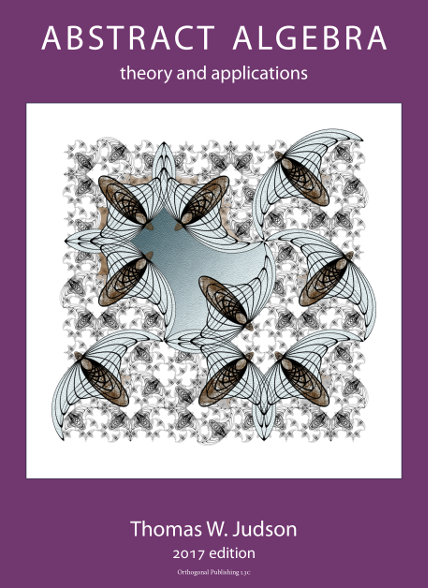Chapter6Isomorphisms
¶Many groups may appear to be different at first glance, but can be shown to be the same by a simple renaming of the group elements. For example, \({\mathbb Z}_4\) and the subgroup of the circle group \({\mathbb T}\) generated by \(i\) can be shown to be the same by demonstrating a one-to-one correspondence between the elements of the two groups and between the group operations. In such a case we say that the groups are isomorphic.
